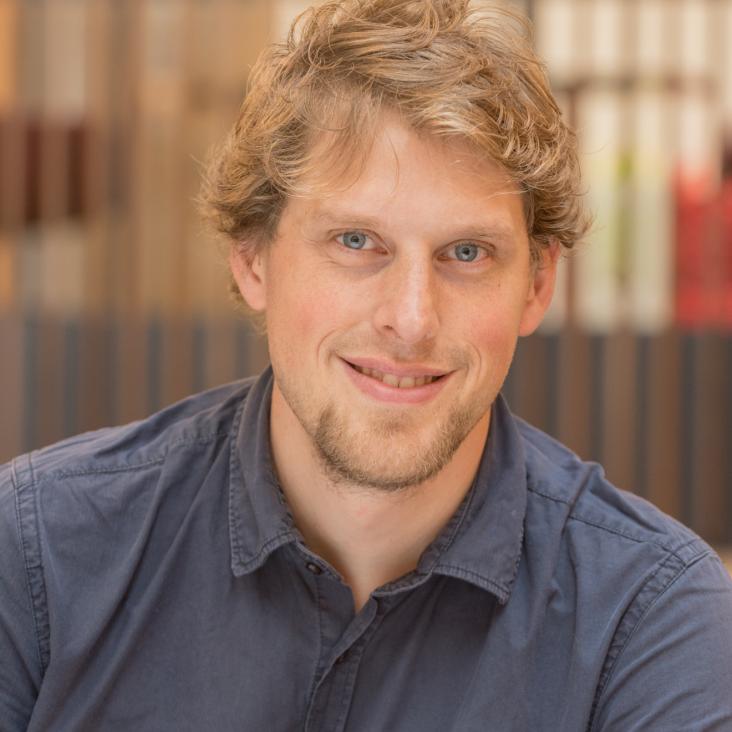Photochemically produced SO2 in the atmosphere of WASP-39b
Nature Springer Nature 617:7961 (2023) 483-487
A reflective, metal-rich atmosphere for GJ 1214b from its JWST phase curve
Nature Springer Nature 620 (2023) 67-71
Abstract:
There are no planets intermediate in size between Earth and Neptune in our Solar System, yet these objects are found around a substantial fraction of other stars [1]. Population statistics show that close-in planets in this size range bifurcate into two classes based on their radii [2, 3]. It is hypothesized that the group with larger radii (referred to as "sub-Neptunes") is distinguished by having hydrogen-dominated atmospheres that are a few percent of the total mass of the planets [4]. GJ 1214b is an archetype sub-Neptune that has been observed extensively using transmission spectroscopy to test this hypothesis [5-14]. However, themeasured spectra are featureless, and thus inconclusive, due to the presence of high-altitude aerosols in the planet's atmosphere. Here we report a spectroscopic thermal phase curve of GJ 1214b obtained with JWST in the mid-infrared. The dayside and nightside spectra (average brightness temperatures of 553 ± 9 and 437 ± 19 K, respectively) each show >3σ evidence of absorption features, with H2O as the most likely cause in both. The measured global thermal emission implies that GJ 1214b's Bond albedo is 0.51 ± 0.06. Comparison between the spectroscopic phase curve data and three-dimensional models of GJ 1214b reveal a planet with a high metallicity atmosphere blanketed by a thick and highly reflective layer of clouds or haze.Hotter than Expected: Hubble Space Telescope (HST)/WFC3 Phase-resolved Spectroscopy of a Rare Irradiated Brown Dwarf with Strong Internal Heat Flux
The Astrophysical Journal American Astronomical Society 948:2 (2023) 129
Carbon monoxide emission lines reveal an inverted atmosphere in the ultra hot Jupiter WASP-33 b consistent with an eastward hot spot
Monthly Notices of the Royal Astronomical Society Oxford University Press (OUP) 522:2 (2023) 2145-2170
Correction to: The climate and compositional variation of the highly eccentric planet HD 80606 b – the rise and fall of carbon monoxide and elemental sulfur
Monthly Notices of the Royal Astronomical Society Oxford University Press (OUP) 521:2 (2023) 2607-2607


